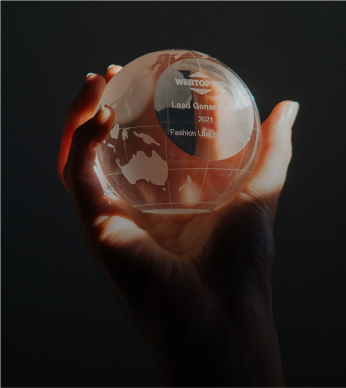How Heat Mapping Can Reveal Hidden Revenue Opportunities
Key takeaways
- Heatmaps help pinpoint areas where the highest number of customers shop
- This allows businesses to optimise their store placements or marketing efforts
- Analyzing foot traffic or online orders can highlight underserved locations
- Online businesses use heatmaps to see which product pages get the most attention
- Heatmaps can reveal high-demand delivery zones, helping businesses optimise delivery routes
- Companies can use heatmaps to determine the most effective ad placements
Enhancing website conversions
Website heatmaps show where visitors click, scroll, and drop off. This enables businesses to optimize call-to-action (CTA) placements, improve UI/UX design, and boost conversion rates. It also helps fine-tune ad targeting by identifying high-engagement locations. After leveraging heatmaps, Amazon was able to grab over 70% of conversion rates. Of course, they were probably using some of the best map software on the market.
Optimising store layout and product placement
In physical stores, heatmaps track where customers spend the most time. They help retailers arrange high-margin products in prime areas to increase sales. Supermarket chains are pressed to sustain revenue flow in early 2025, especially in the EU, where people are boycotting them due to what they perceive as excessive prices. Let’s say a supermarket uses heatmaps to discover that customers rarely visit the back aisles. By relocating high-margin items, they can increase sales.
Online businesses can use click heatmaps to see which product pages get the most attention and adjust promotions accordingly. All kinds of companies will benefit from heatmaps, including streaming services. Netflix managed to grow its brand presence by over 25% in three years with the help of heatmaps.
Collect more leads
A B2B company’s homepage is the most significant for gathering leads because different forms are embedded on the page, such as signup forms, etc. A scattered homepage confuses visitors. If there are CTAs all over the place, for example, the visitor won’t know where to look. Heatmaps can show what part of the page visitors first look at (or only) and align the CTAs accordingly. B2B marketers that deployed this strategy were able to generate 10% more leads.
More efficient deliveries
Heatmaps can reveal high-demand delivery zones, helping businesses optimise delivery routes and reduce costs. They identify underserved areas where adding fulfillment centers can improve speed and customer satisfaction. A fast food chain might use heat mapping to find that a nearby business district has high foot traffic but no fast food options, leading them to open a new location that boosts revenue.
Reliable mapping software can transform data into a custom Google map at the speed of light. The best tools do not require coding and do all the necessary analysis. When searching for mapping software, go for cloud- or web-based solutions so you don’t have to download anything. Features are always current, and you can access the tool from any device.
Heatmaps detect revenue leaks and maximize ad returns
Heatmaps help track employee movement in warehouses, detecting workflow bottlenecks. In retail, they show where customers hesitate or leave without purchasing, helping identify and fix issues.
Businesses can use heatmaps to determine the most effective ad placements (billboards or online ads). They help target locations with high customer density, reducing wasted ad spend.
FAQ
What information do you get from a heatmap?
You see the relationship between two variables on a heatmap, with each on either axis. Changing cell colors across axes reflect value patterns for either or both variables.
How many companies use heatmaps?
As of 2025, more than half a million companies use heatmaps. The leading providers are Hotjar, Tableau Software, and Crazy Egg, with respective market shares of 60.38%, 9.89%, and 7.43%.
How do you interpret heatmap results?
It’s simple to understand with temperature, but generally, you read most heatmaps the same way. Brighter colors represent higher values, while darker or cooler tones represent lower ones.













